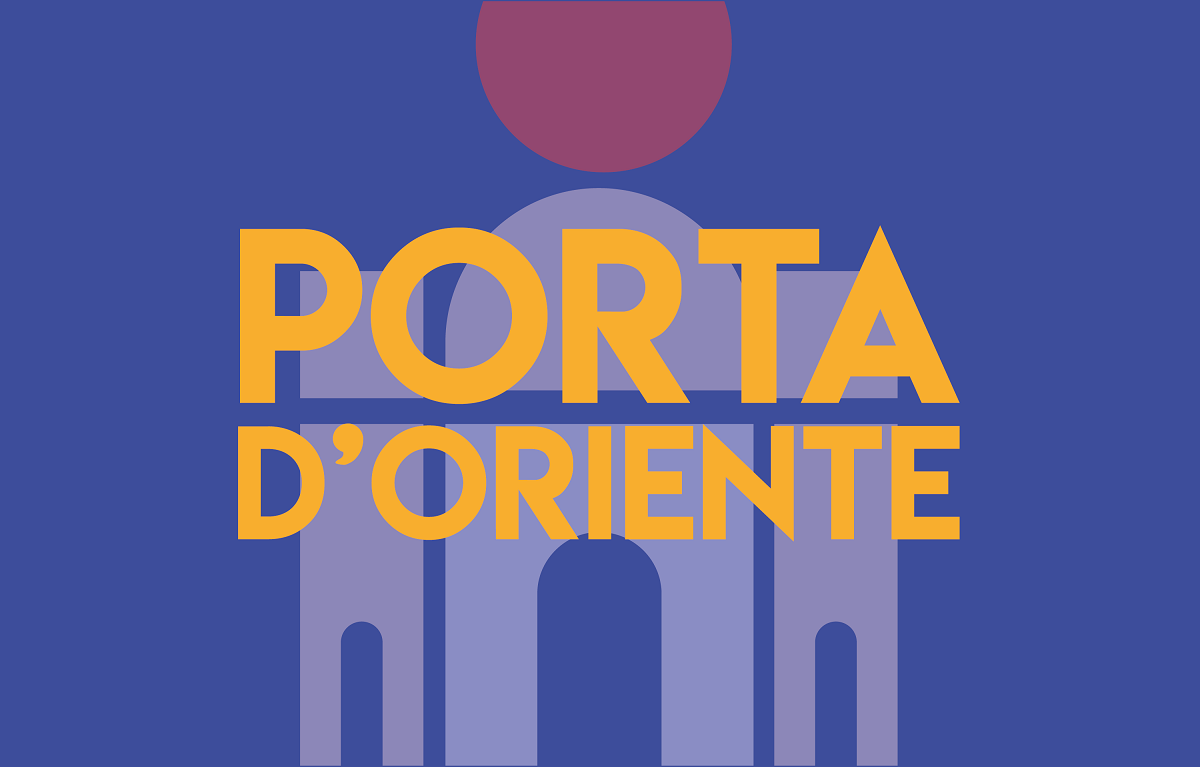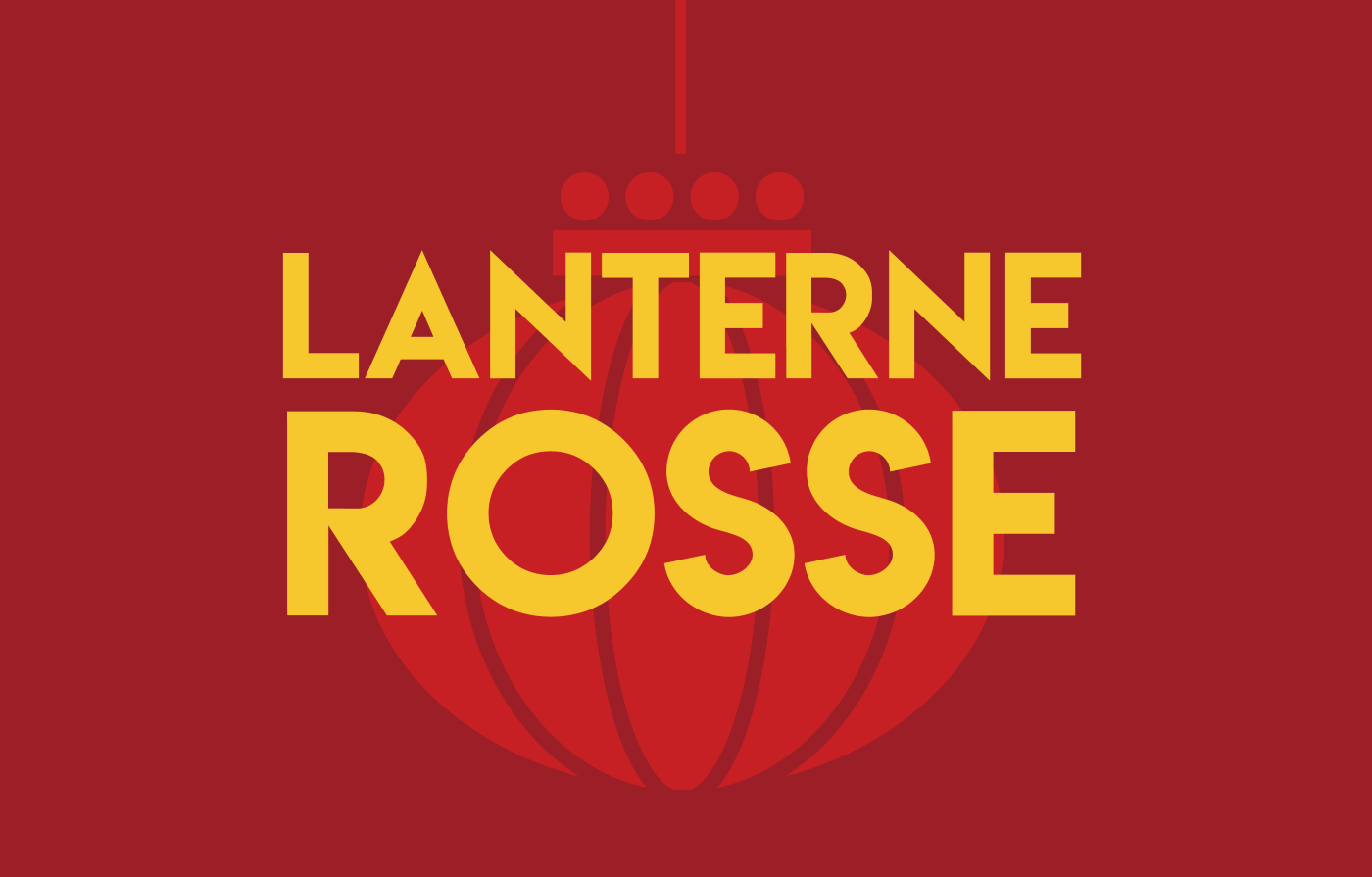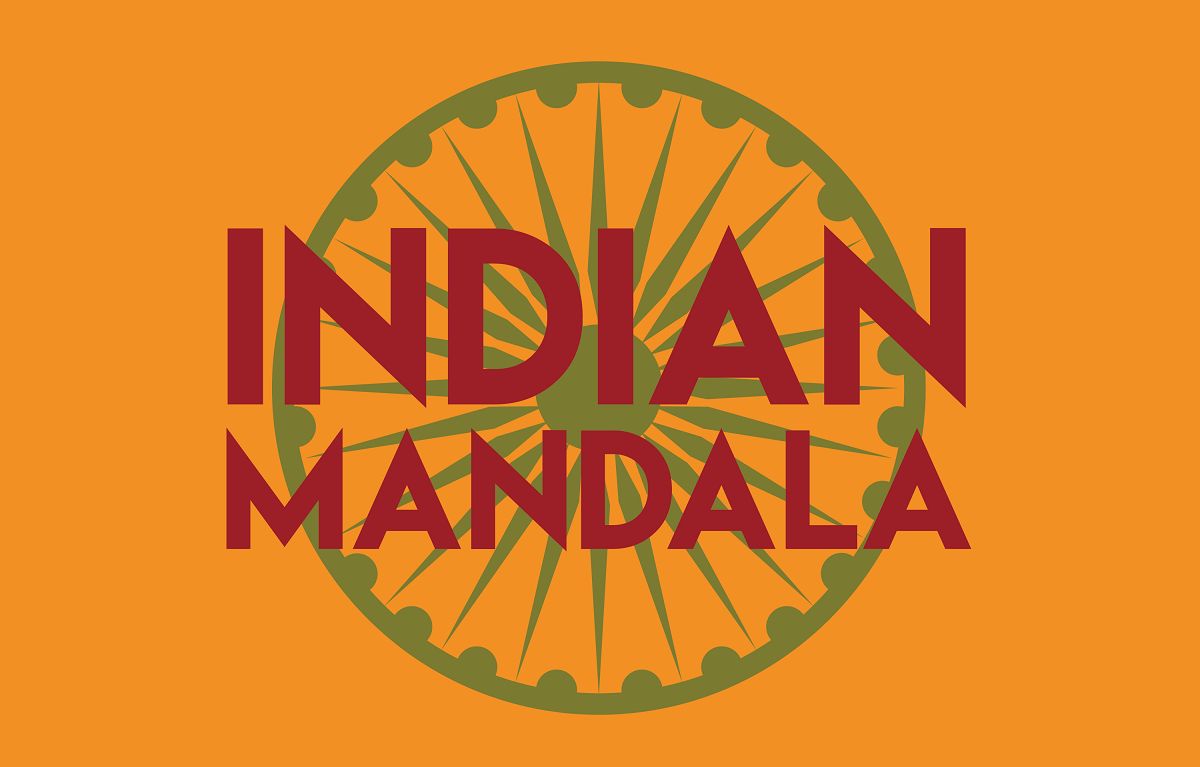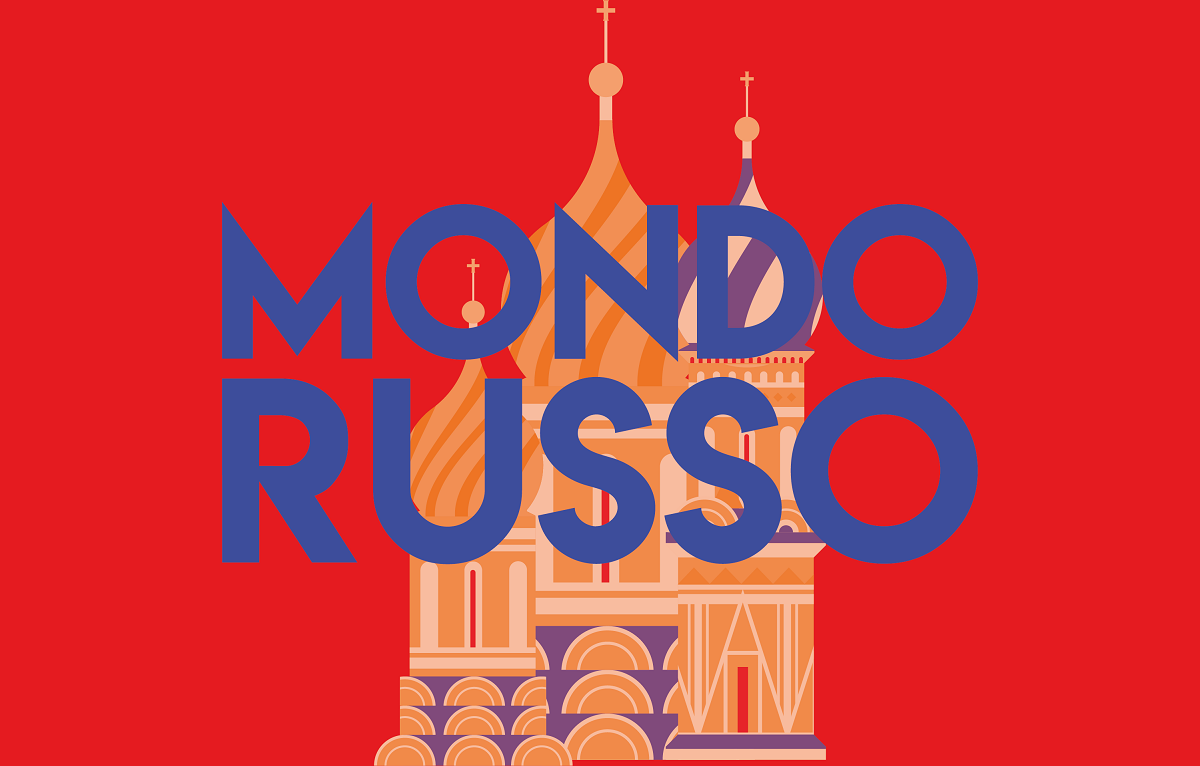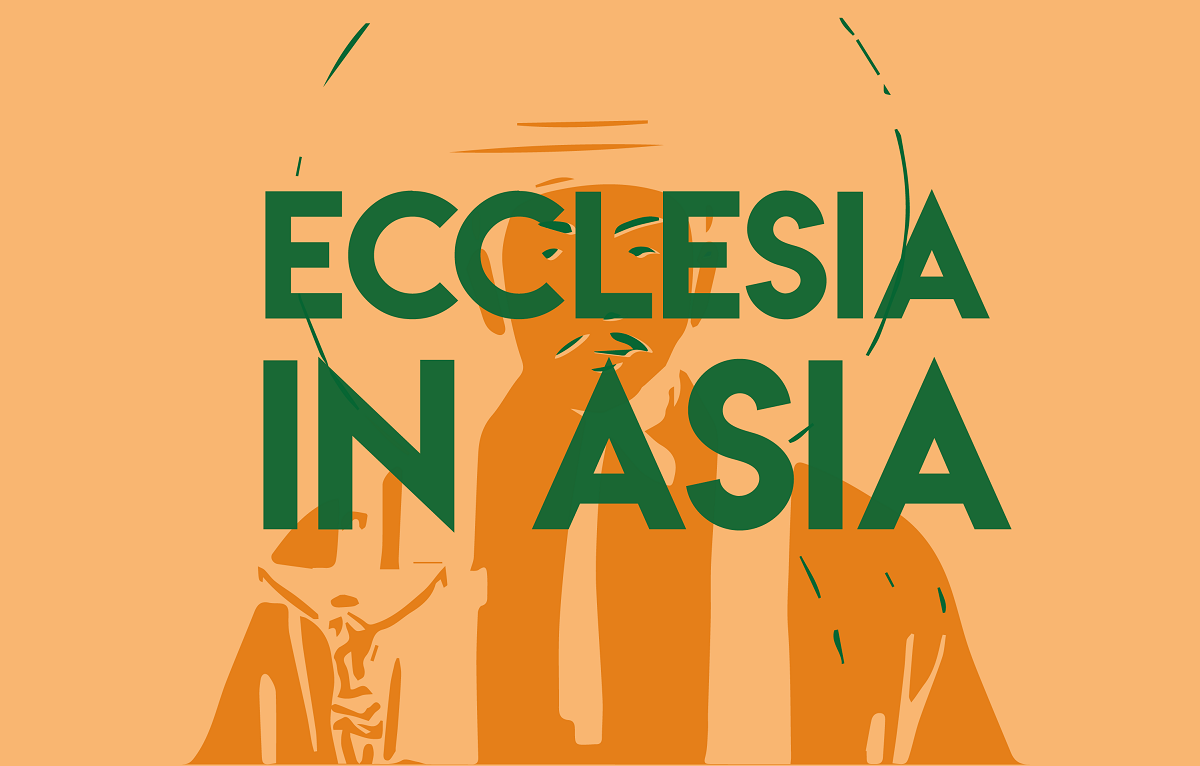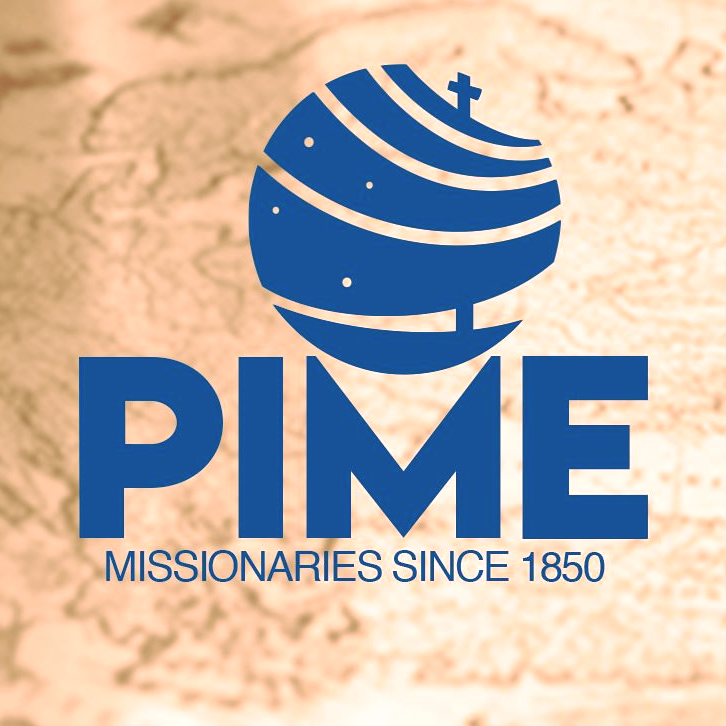Marengo: the youngest from Asia, missionary ‘pilgrim and guest’ in Mongolia
A 50-year-old Piedmontese, pastor of a community of just 1,400 Catholics in an immense land where the Gospel was proclaimed only 30 years ago, brings to the conclave the breath of the most extreme missionary frontiers of the Catholic Church. He is the face of a community in dialogue with Buddhist believers, with a strong educational and social vitality, in a country nestled (not only geographically) between China and Russia.
Milan (AsiaNews) - Giorgio Marengo is a missionary of the Consolata in Turin who, in the space of a few years, and certainly to his great surprise, became a bishop and cardinal.
When Pope Francis appointed him apostolic prefect of Ulan Bator (Mongolia) on 2 April 2020, to be consecrated on 8 August in Turin by Cardinal Luis Antonio Tagle, Marengo was the youngest Italian bishop (and would remain so until 8 March 2021, when another missionary, Christian Carlassare, a Comboni missionary in South Sudan, was appointed bishop).
On 29 May 2022, Pope Francis announced his creation as cardinal, which took place in the consistory of 27 August. Marengo then became the youngest cardinal (a record he lost on 7 December 2024, the day of the creation of the Ukrainian-Australian Mykola Byčok as cardinal).
Giorgio Marengo was born in Cuneo on 7 June 1974. He grew up in the scout association, as a member of the Gruppo Agesci Torino, practised fencing and graduated from the Cavour classical high school.
He entered the Consolata Missionary Institute and in the 1990s studied philosophy and theology at the Theological Faculty of Northern Italy and the Pontifical Gregorian University in Rome. On 26 May 2001, he was ordained a priest in Turin by Cardinal Severino Poletto.
In 2003, he was sent as a missionary to Mongolia as part of the first group of Consolata missionaries to settle in the Asian country. He was parish priest in Arvajhėėr and later became superior of his Institute for Mongolia.
He combined his missionary work with academic studies: in 2002, he obtained his licentiate and, in 2016, his doctorate in missiology at the Urbaniana University in Rome. In 2018, he published his thesis with the evocative title ‘Whispering the Gospel in the Land of the Eternal Blue Sky’.
The ‘blue sky’ is, in fact, Mongolia, a country with long, cold winters, rarely mentioned in the news and, perhaps for this very reason, fascinating. More than five times the size of Italy, it has a population of 3.2 million (the lowest population density on the planet), half of whom are concentrated in the capital.
The first missionaries to arrive in Mongolia were Franciscans, sent to East Asia in the 12th and 13th centuries as papal legates to attempt an alliance between Catholic Europe and the immense Mongolia, the largest contiguous empire in human history, founded by the leader Genghis Khan.
In the 20th century, it served as a buffer between the Soviet Union and Maoist China. Emerging from the shadow of its powerful neighbours, Mongolia was reborn in 1990 and is now a democratic country, open to religious pluralism and economic growth. The population adheres to Lamaist Buddhism and has a strong shamanistic heritage.
The missionary revival was entrusted in 1992 to the missionaries of Scheut (Congregation of the Immaculate Heart of Mary - CICM, originally founded in Belgium in 1862), who were already pioneers of the mission in Chinese Mongolia. In the following years, other missionaries arrived, including, in 2003, the missionaries of the Consolata of Turin.
Cardinal Marengo says: ‘We have only been here for thirty years, but we have put down roots. The Gospel has been accepted and is lived in practice. After the pioneering period in a nation that saw the sudden collapse of the communist regime and atheism, the missionaries are engaged in concrete projects of friendship and solidarity, with the aim of creating lasting relationships of trust.’
Giorgio Marengo describes the missionaries in Mongolia as ‘pilgrims and guests,’ an image that conveys the precariousness and beauty of the mission. There are only 1,400 Catholics: it was perhaps precisely this small seed, planted on the far edge of the world that matters, that convinced Pope Francis to create Marengo a cardinal and then visit the country on his historic and unforgettable trip in September 2023.
Cardinal Marengo was thus able to welcome Francis into his own home, appreciate his missionary vitality and his great attention to neighbouring China. The mission of Marengo and the Catholics is in dialogue with Buddhist believers and has a strong educational and social value. Dialogue with the authorities is positive, but there is still no permanent legal recognition of the specific status of foreign missionaries.
‘Our witness to the Gospel,’ says Cardinal Marengo, ’is a discreet, not a noisy proclamation. Most of our activities are works of human promotion: education, health care, assistance to people in need and preservation of Mongolian culture. We celebrate the sacraments for the faithful who want to share the joy of the Gospel in a humble and profound way.
Appointing a bishop who leads a small and minority Church as cardinal is a great missionary gesture. In May 2021, I accompanied a delegation of Mongolian Buddhists to the Holy Father: it was the first time this had ever happened. A few days later, during the Regina Coeli, I heard the Pope call my name. I felt intense joy and a deep sense of gratitude.’
Cardinal Marengo outlined the challenges of the mission: ‘Christian life needs a lot of care to grow and be a sign of evangelisation. One challenge is depth: accompanying those who have become Christians to a deep faith that also touches the social dimension of life. What matters most is fidelity to the Lord in a consistent Christian life.’





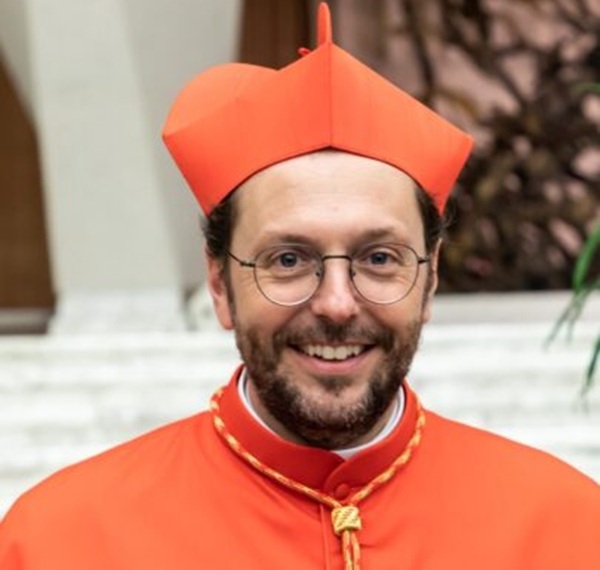

.png)
